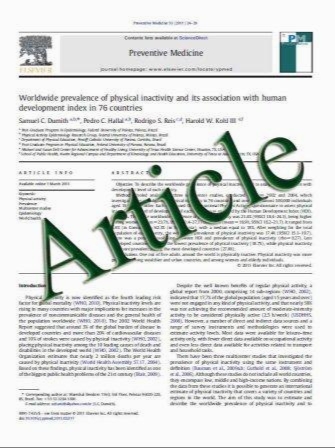Oxidative stress after living related liver transplantation subsides with time in pediatric patients
- نوع فایل : کتاب
- زبان : انگلیسی
- مؤلف : Mohamed Hamed Hussein • Takashi Hashimoto • Ghada Abdel-Hamid Daoud • Hiroki Kakita • Shin Kato • Tatenobu Goto • Masahito Hibi • Takazumi Kato • Na
- چاپ و سال / کشور: 2011
Description
Background Oxidative stress has been suspected to influence graft survival and prognosis in pediatric recipients of living related liver transplantation (LRLT). Purpose We determined the oxidative status of pediatric LRLT recipients during their regular outpatient follow-up visits, and looked for a relationship between oxidative status and post-liver transplantation (post-LTx) duration. Patients The study included 43 patients (20 males and 23 females) between the ages of 1.6 and 25.1 years (median 10.7 years) who had undergone LRLT from 5 months to 17.5 years (median 7 years) prior to the study, between the ages of 1.2 and 14.4 years (median 3.5 years). Methods Serum glutamic pyruvic transaminase (GPT), glutamic oxaloacetic transaminase (GOT), gamma-glutamyl transpeptidase (c-GTP), alkaline phosphatase (ALP), lactate dehydrogenase (LDH), direct bilirubin and choline-esterase were measured as part of the patients’ regular follow-up visits. Serum total hydroperoxide (TH) and biological antioxidative potential (BAP) were measured using the free radical analytic system which requires 20 ll of serum and 10 min of processing time for each sample. Oxidative stress index (OSI) was calculated as the ratio of TH to BAP. Results Serum OSI correlated positively with serum levels of GOT, GPT, LDH, ALP, c-GTP and direct bilirubin. Serum OSI, TH, LDH, ALP and GOT correlated negatively with post-LTx duration. Serum BAP correlated positively with post-LTx duration. Serum TH correlated positively with serum GOT and c-GTP, but negatively with serum BAP. Conclusions (1) The OSI, which can be calculated based on data acquired through a simple outpatient procedure, can serve as an index of our patients’ laboratory results and oxidative status. (2) The LRLT recipients in our study were at risk for oxidative stress early in the post-operative period, but this risk subsided with time.
Pediatr Surg Int (2011) 27:17–22 DOI 10.1007/s00383-010-2721-3 Published online: 25 September 2010


